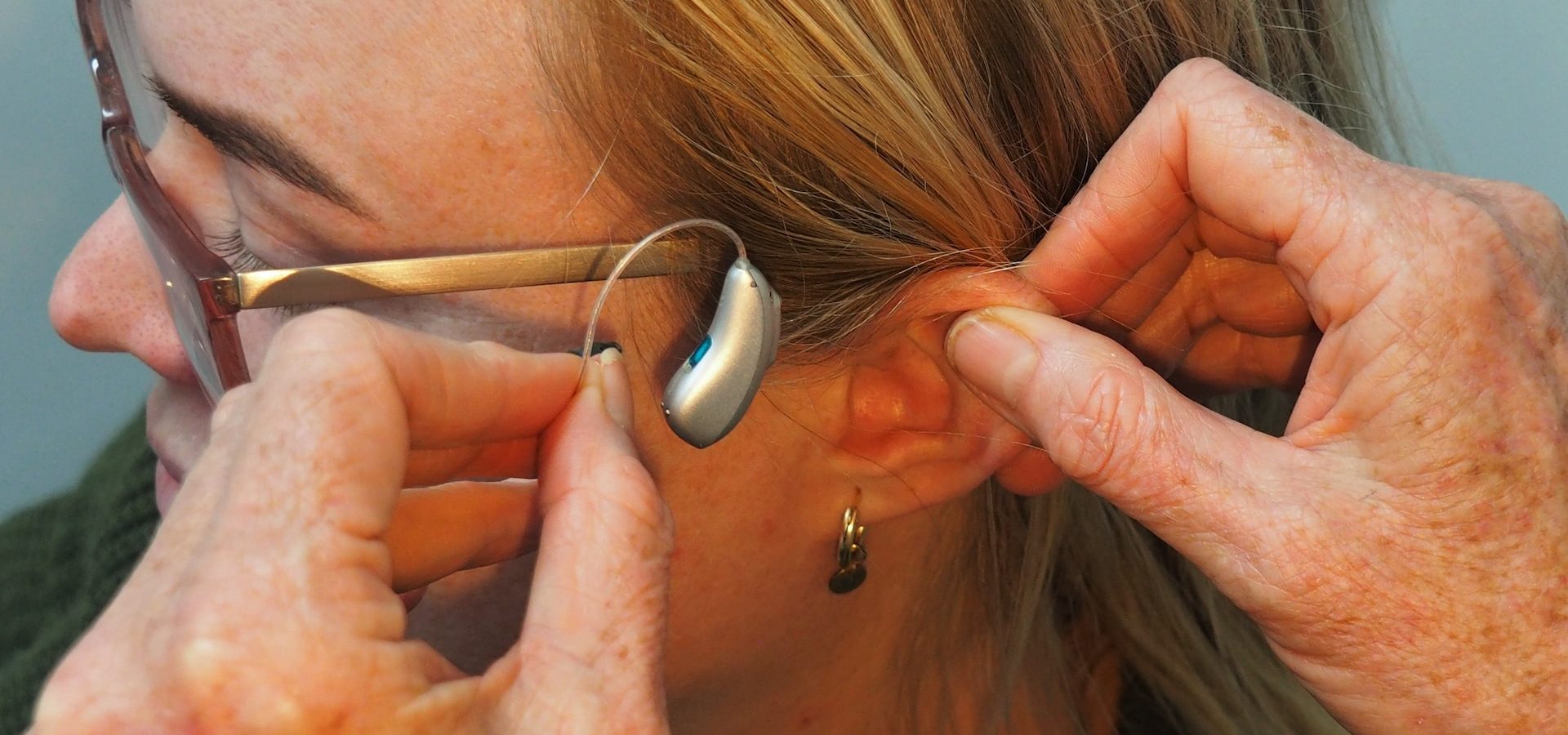Menu

Hearing loss is an issue that affects millions of individuals worldwide. While the condition can influence people of all ages, it’s more prevalent among the older population. However, technological advancements in the field of audiology have led to the development of hearing aids that can greatly enhance the quality of life for those with hearing impairments. This guide delves into the expansive world of hearing aids, outlining their different types and the unique features each one possesses.
As you venture into this compendium of knowledge, you’ll discover the sophistication of modern hearing aids, from the simple, compact models to the more technologically advanced ones, each crafted to cater to distinct hearing needs. We aim to provide a comprehensive understanding that will allow you to make informed decisions about what best suits your personal hearing requirements.
This guide is more than a mere overview; it’s an enlightening exploration of the innovative solutions that audiology has to offer to those living with hearing loss. Be it behind-the-ear, in-the-ear, or receiver-in-canal hearing aids, each type presents its own set of advantages and special features. These range from noise reduction and directional microphones to wireless connectivity and rechargeable batteries.
Behind-The-Ear (BTE) Hearing Aids
Behind-the-ear hearing aids are among the most popular and versatile styles available. These devices consist of a case that sits behind the ear, housing the electronic components, with a transparent tube connecting the case to the ear mould or dome inside the ear canal.
BTE hearing aids are suitable for mild to profound hearing loss, as they offer powerful amplification and come in multiple sizes, including mini versions for a more discreet look. Here are the advantages of BTE hearing aids:
- Customizable: Many BTE models allow customization through personalized programming, volume control, and telecoil.
- Easy to handle: The larger size of BTE hearing aids facilitates easier handling, especially for individuals with dexterity issues.
- Battery life: BTE hearing aids generally have a longer battery life compared to smaller devices, as they contain larger batteries.
In-The-Ear (ITE) Hearing Aids
In-the-ear hearing aids are custom-moulded to fit the contours of the outer ear and are available in both full-shell and half-shell options. Full-shell hearing aids fill the entire outer ear, whereas half-shell devices are smaller and occupy only the lower portion of the ear. ITE hearing aids are suitable for mild to severe hearing loss and offer a discreet yet powerful listening experience. Some advantages of ITE hearing aids include:
- Aesthetics: Since they are custom-moulded and fit within the ear, many people find ITE hearing aids more visually appealing than traditional BTE devices.
- Speech and wind noise reduction: The position of the microphone within the ear helps reduce wind noise and makes conversational sounds more audible.
- User-friendly controls: The larger models of ITE hearing aids provide more accessible volume and program controls.
In-The-Canal (ITC) and Completely-In-Canal (CIC) Hearing Aids
In-the-canal hearing aids are custom-designed to fit partially in the ear canal, while completely-in-canal devices sit within the canal and are almost invisible when worn. They are an ideal choice for active individuals who prefer a discreet and aesthetically appealing hearing solution. ITC and CIC hearing aids are best suited for mild to moderate hearing loss. Here are some notable advantages of these devices:
- Cosmetic appeal: Due to their small size and well-hidden placement, ITC and CIC hearing aids are favoured for their discretion and near-invisibility.
- Reduced wind noise: The position of these hearing aids within the ear canal reduces wind noise, allowing for better sound clarity.
- Minimal occlusion effect: The deeper positioning of these devices can help to reduce the occlusion effect experienced by some hearing aid users.
Receiver-In-Canal (RIC) Hearing Aids
Receiver-in-canal hearing aids differ from traditional BTE devices, as their receiver is placed directly inside the ear canal, significantly enhancing sound quality. RIC hearing aids utilize a thin wire connecting the behind-the-ear case to the receiver-in-the-canal, offering a more discreet appearance. RIC hearing aids are suitable for mild to severe hearing loss and provide a comfortable listening experience. The advantages of RIC hearing aids include:
- Sound quality: The receiver placement within the ear canal delivers improved sound quality and minimizes distortion.
- Aesthetics: A thin wire connecting the device components makes RIC hearing aids more discreet than traditional BTE models.
- Flexibility: Some RIC hearing aids are available with rechargeable batteries, eliminating the need for frequent battery replacements.
Understanding the Features and Functions of Various Hearing Aids
Embrace the opportunity to explore the possibilities that lie within these pages. Let this guide assist you in unlocking a world of sound that you may have believed was lost, and gain a newfound appreciation for the wonders of audiology and its technological prowess.
At Fraser Valley Beltone, our team of dedicated audiologists and hearing care professionals is here to provide the support and expertise necessary to make informed decisions on your hearing health journey.
If you are considering a hearing aid or have questions about the different types of devices available, reach out to our experts! Through our personalized approach and commitment to your well-being, we can help you discover your perfect hearing solution.
Schedule a consultation today with our hearing clinic in Abbotsford and begin your journey towards a better hearing experience. Trust us to provide you with the tools and guidance necessary to enhance your quality of life through improved hearing!
Share Post
Facebook
Twitter
LinkedIn
Email
Reddit
Pinterest
